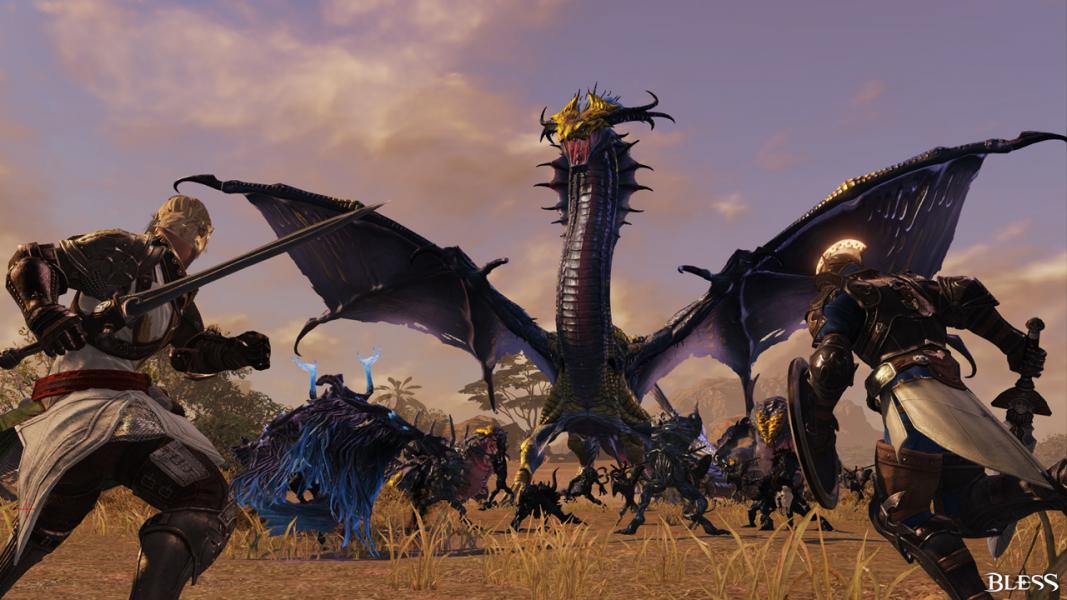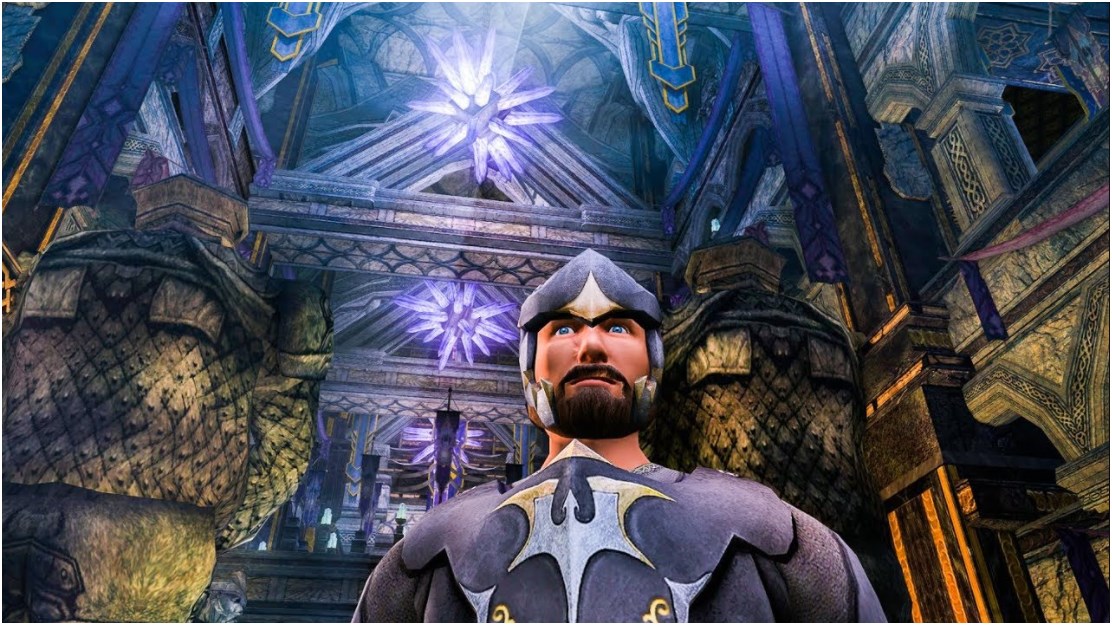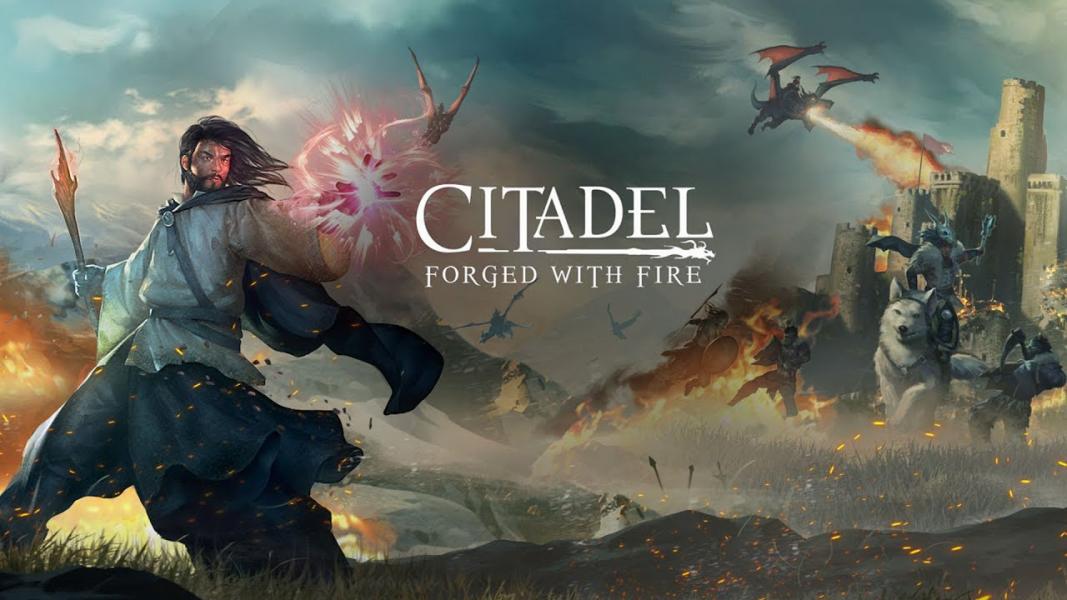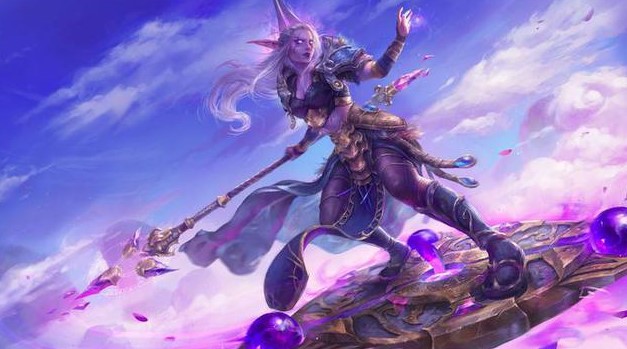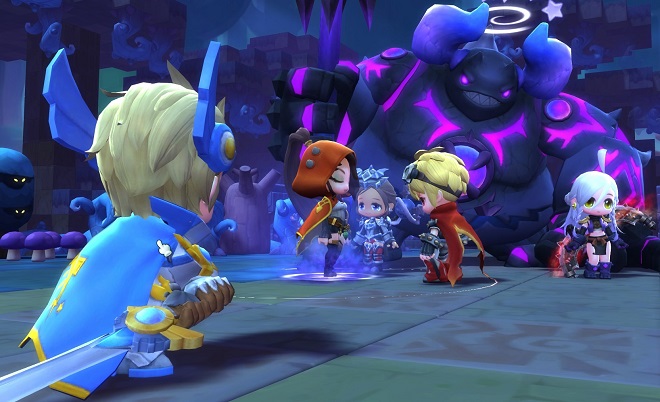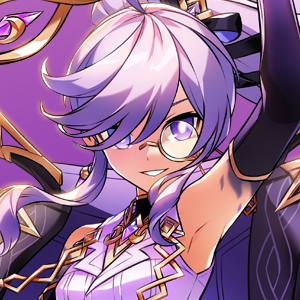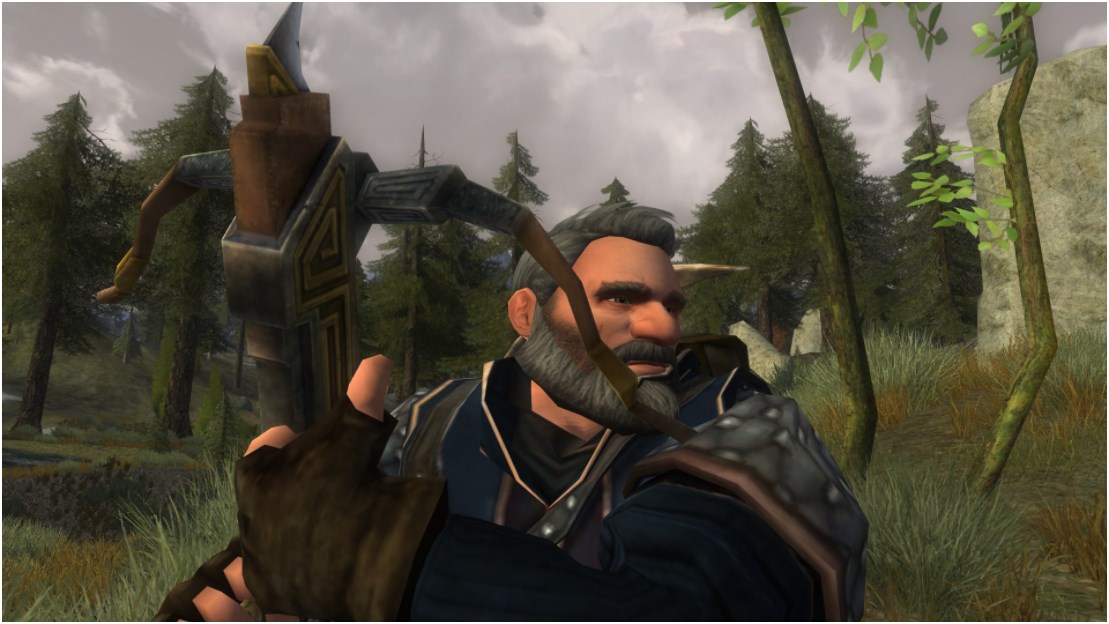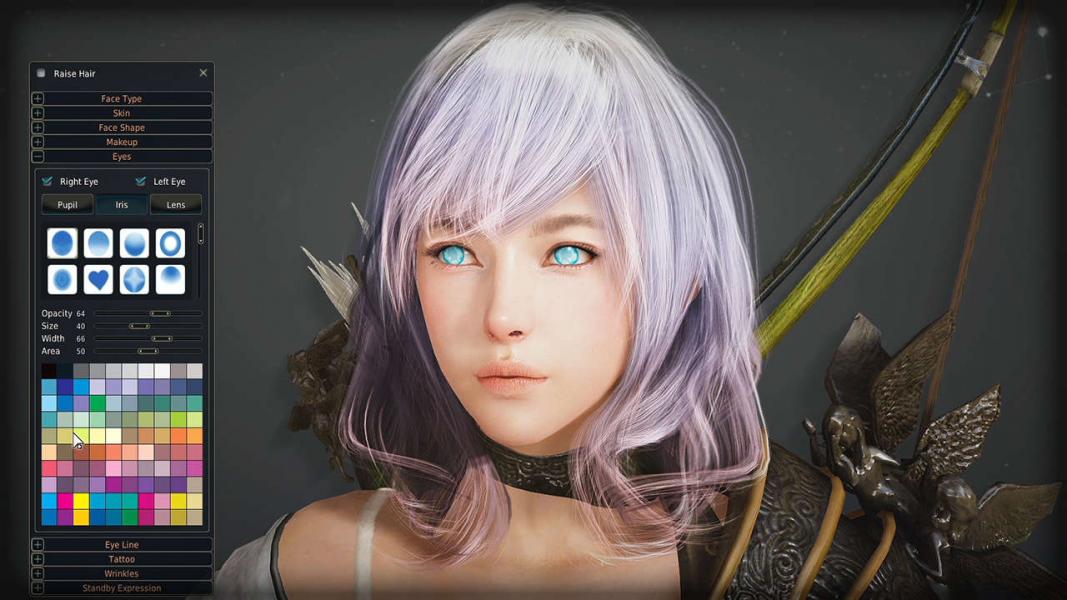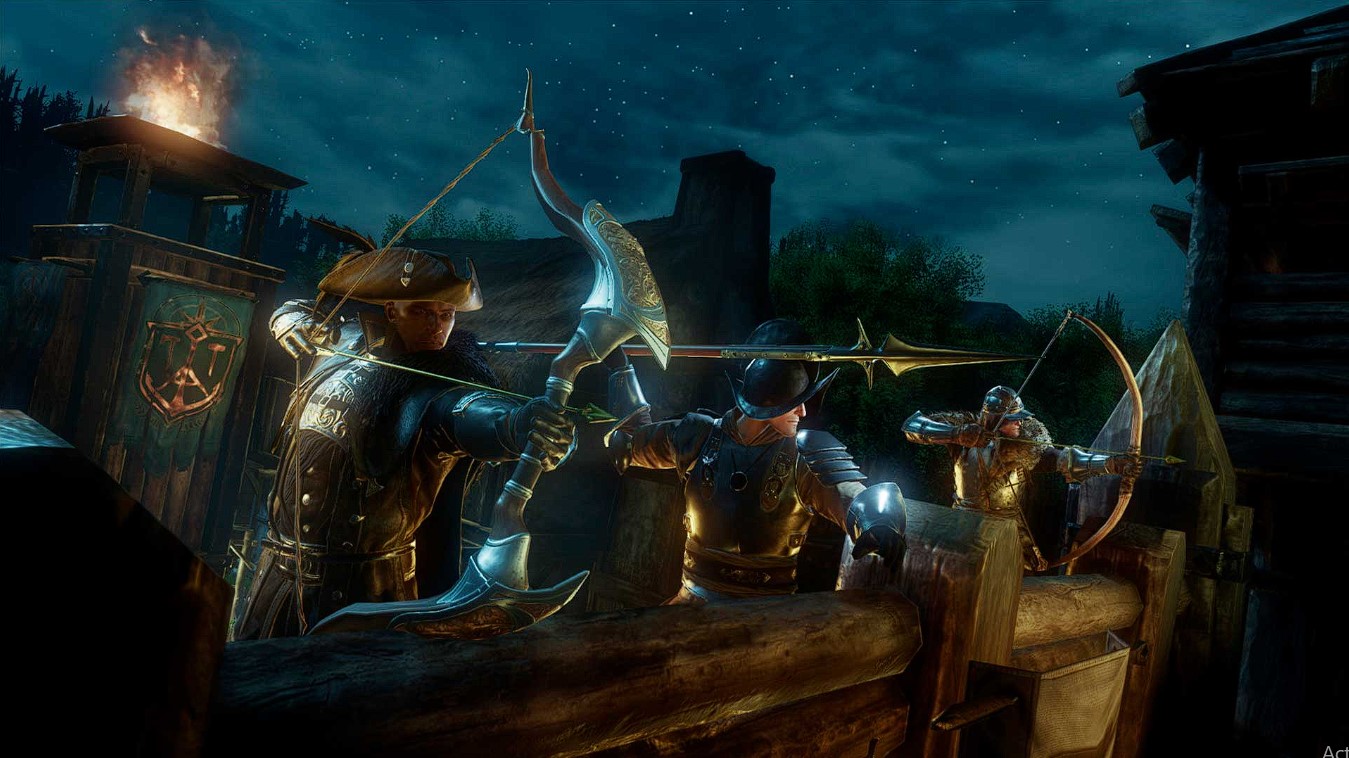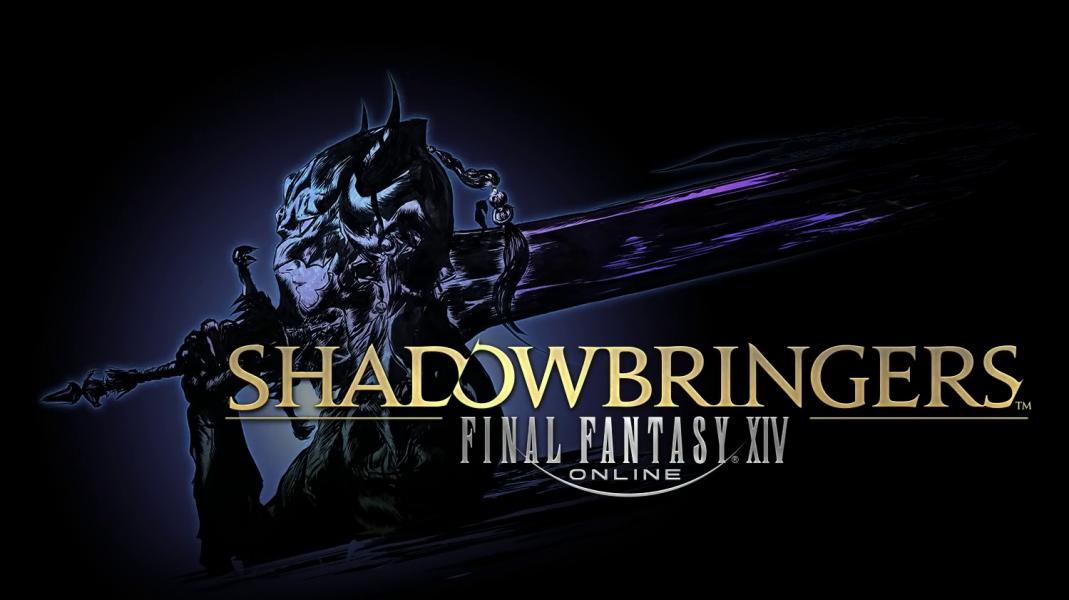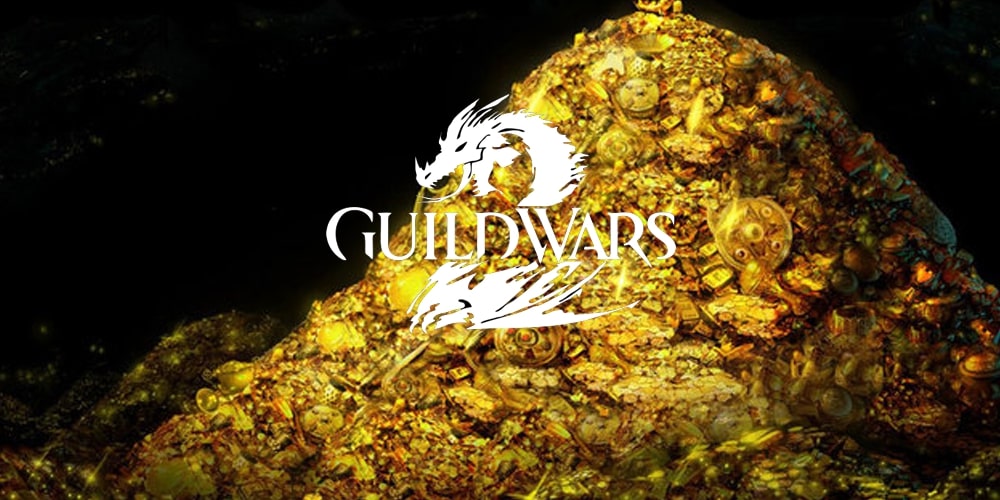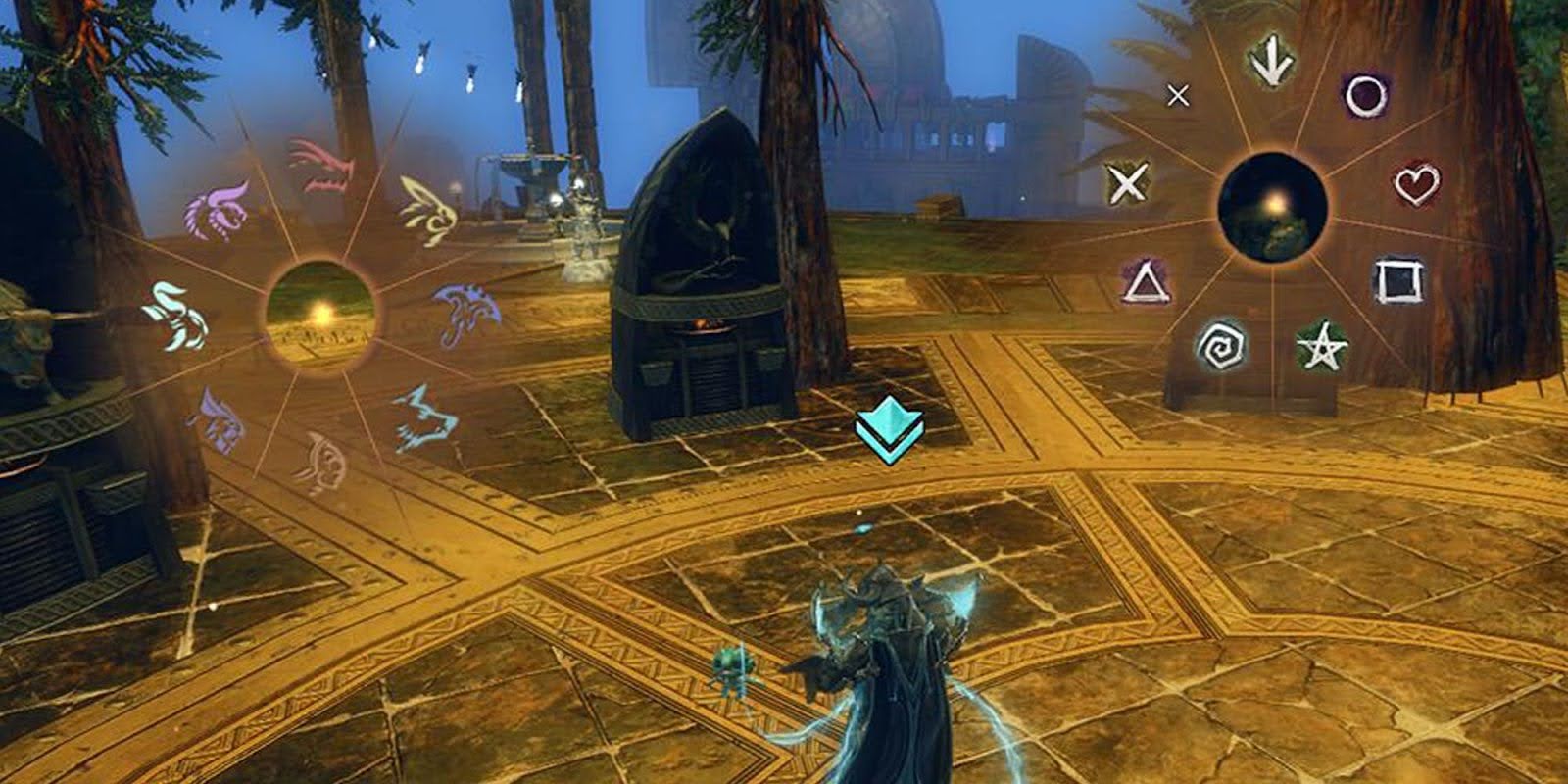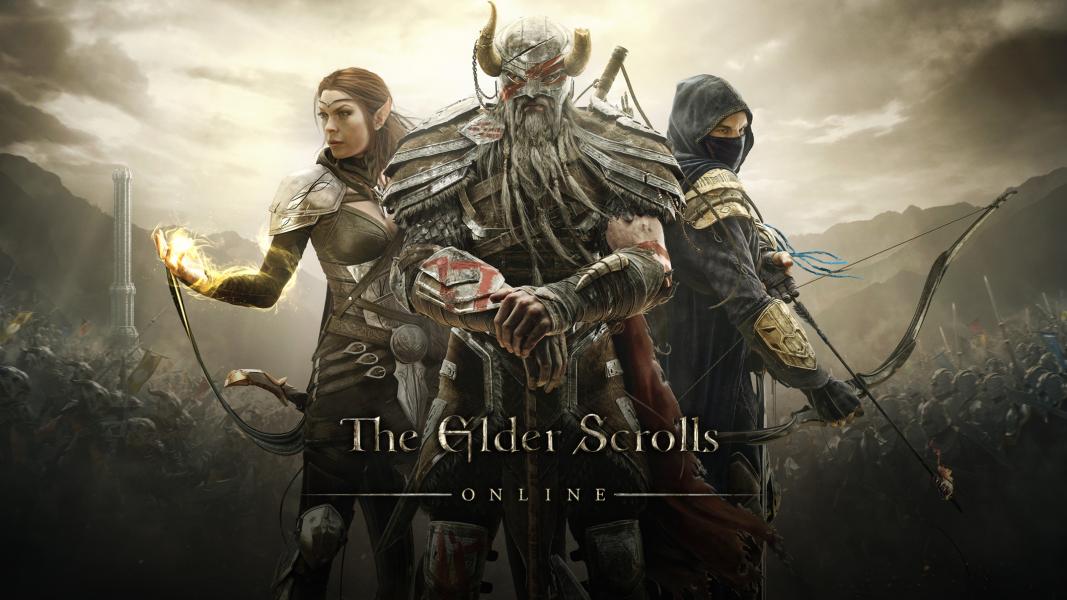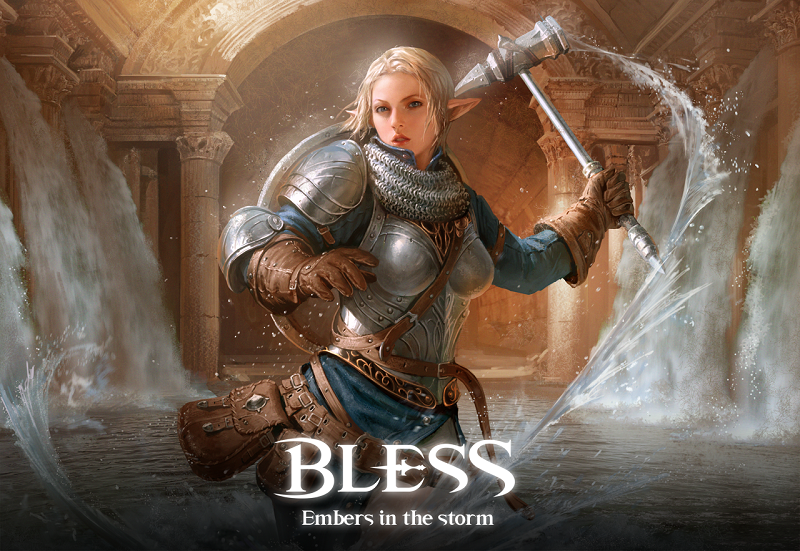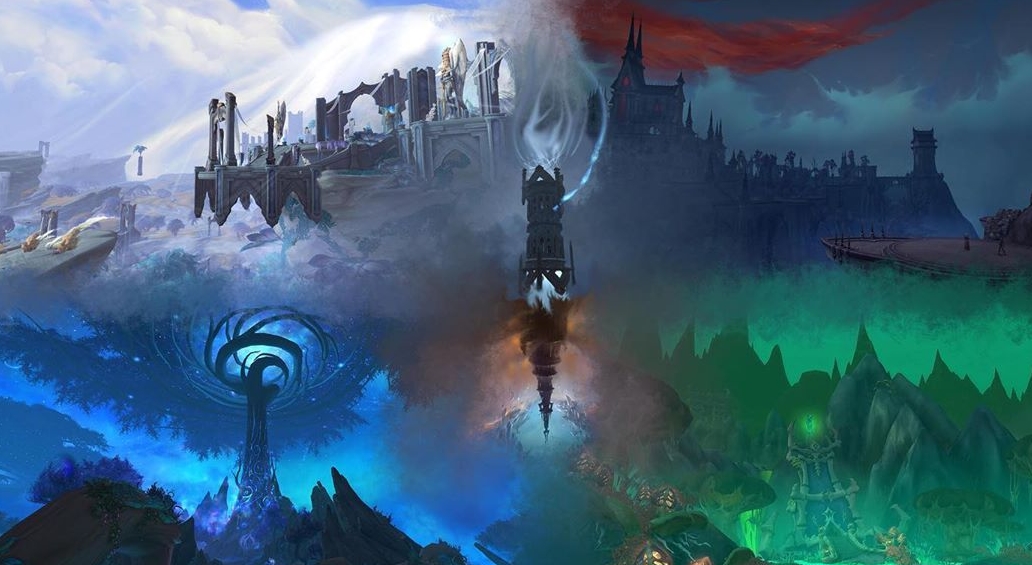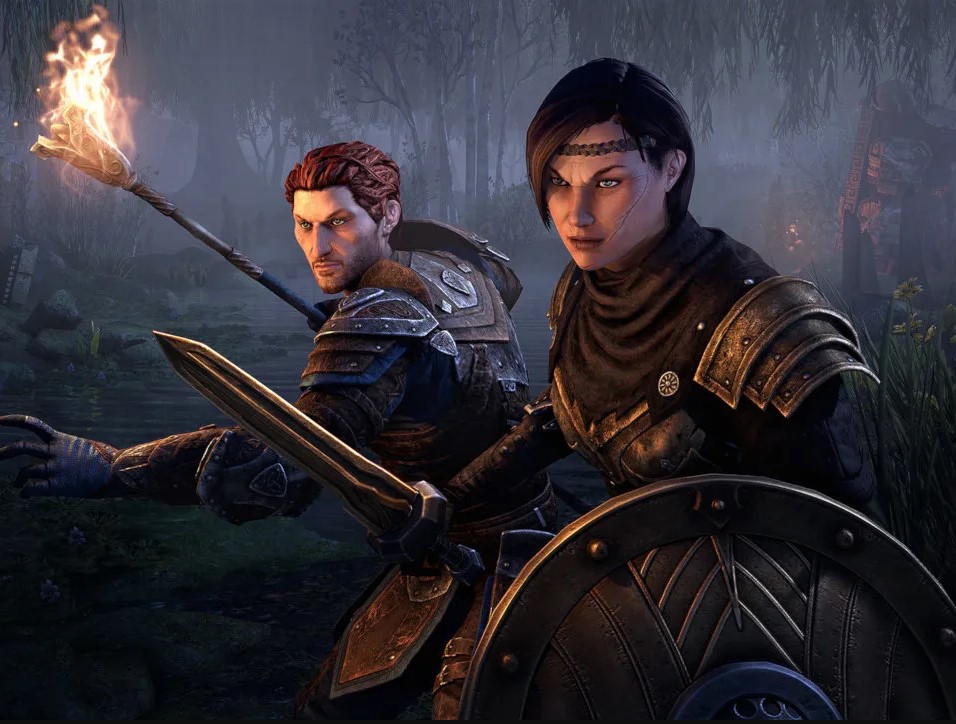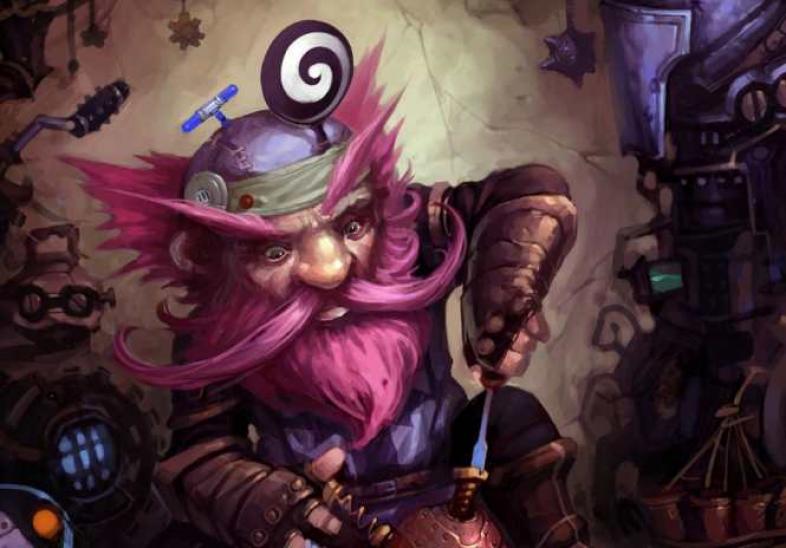
Remember when these came out?
The beginning of Wildstar.
In May 2015, Carbine Studios announced that its MMORPG WildStar would get rid of its monthly subscription charging players for each month of play in autumn of the same year.
It's not the only game to make such a change. Bethesda Softworks announced Elder Scrolls Online would be changing its title to Elder Scrolls Online: Tamriel Unlimited back in January, and what that meant was they would be dropping their subscription fee effective on March 17th.
Both games had been released for close to a year before these changes were announced, with WildStar coming out on June 3rd, 2014 and Elder Scrolls Online on April 4th, 2014.
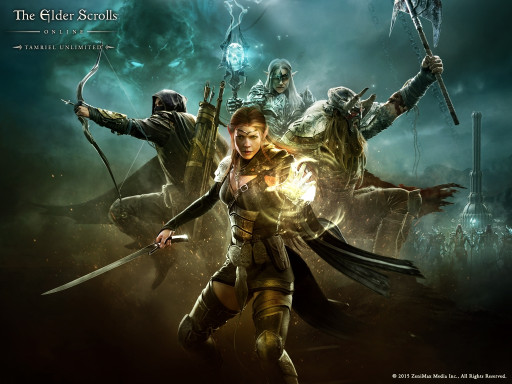
Another MMORPG that has dropped the dollar signs this year.
Elder Scrolls Online cinematic.
There are still a couple of paid subscriptions out there (besides World of Warcraft, the obvious one...) such as Final Fantasy XIV: A Realm Reborn and Eve Online, but the gaming community is becoming more and more saturated with MMORPG's that are free to play, which removes the incentive to play the ones who charge to play their game.
Final Fantasy XIV: A Realm Reborn, still has a subscription fee.
This begs the question, as a result: why do they even charge in the first place, especially when they are going to have to remove it later?
Eve Online is another example of Pay to Play.
Back to the Beginning: World of Warcraft
The answer is relatively obvious: World of Warcraft has always charged a $14.99 per month subscription fee for its eleven year run, and its massive success is impossible to deny. Any game developer would love that kind of success, and of course, that kind of money intake.
However, this level of success has not been matched since World of Warcraft's debut in 2004, and the subscriptions who charge are not necessarily more successful than their free to play counterparts. There are multiple free to play MMORPG's, and they've always been free: Elsword, Guild Wars 2, and Neverwinter to name a few.
All of these have their own varying success stories, and when WildStar and Elder Scrolls Online announced their intent to drop their subscriptions, it has become clear that pay-to-play MMOs are losing the war.
World of Warcraft was released eleven years ago, and while it wasn't the only MMO around, it was certainly one of, if not the most expansive. World of Warcraft was the fourth installment of the Warcraft series, which was already immensely successful and very loved among gamers, so moving to World of Warcraft wasn't much of a leap for many.
It's for this reason that Final Fantasy XIV isn't doing too badly with its current paid subscription. Also, subscriptions back then seemed necessary: how else would a game developer get its money? Not to say that there weren't free to play games back then, but they were limited in scope and content, and WoW just seemed like a better quality game.
However, a few shifts in the gaming community made this jump to favor free to play, and even World of Warcraft wasn't exempt from the consequences: it lost 2.9 million subscribers in the last quarter of 2014 alone.
With the shift of many console gamers moving towards a community that prefers gaming on a PC, this allowed for more people to search for a game that catered to their liking, and their liking was often decided by how cheap or expensive it is to obtain the game and continue playing it.
This is around the time when World of Warcraft's subscriptions began to decline, partly because other MMOs were rising due to an audience increase. However, the release of one particular game would change the community forever, and shift the balance towards free to play.
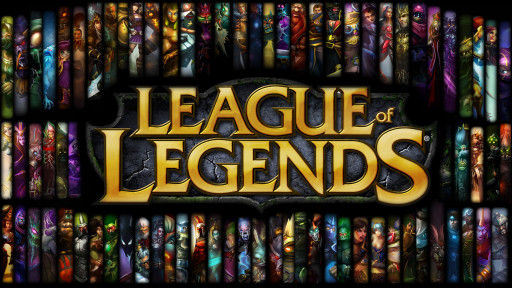
It's a game that changes everything.
League of Legends really begins the discussion of "free" in the mass multiplayer community.
League of Legends is not, at a first glimpse, a topic that would come into this discussion, because it is not an MMORPG. However, the game has revolutionized free to play games and introduced a way for game developers to make money without requiring an upfront cost.
It is a MOBA that has taken the world by storm, with tens of millions of players signing in per day. League of Legends is free to play and free to purchase, something that most gamers would find too good to be true.
However, League of Legends made its money in a more unconventional way, although nowadays it would seem obvious. The game didn't charge for acquisition of the game or play time, but allowed for players to contribute in other ways that never seemed forced: champions could be earned through points gained by playing the game, or they could be purchased faster with another type of points bought with real money.
Skins changing their favorite champions' appearances can only be bought with the points acquired from real money. As the community grew, they established esports tournaments. League of Legends made its success by letting its players decide on how to enjoy the game, and as a result, has gained popularity that rivals World of Warcraft.
The entry of League of Legends in PC gaming has shifted the gaming community significantly, and what the players expect from game developers. This includes MMORPG developers, although they haven't quite caught on to the concept yet.
The in-between: Pay to Win.
One of the most infuriating examples of this is ArcheAge, which is defined as a free to play MMORPG. However, a more accurate term to describe this is “pay to win.” If a player decides to not pay the subscription fee ArcheAge asks for, leveling becomes a slow, painful grind in comparison to the paid accounts.
ArcheAge: Between Free to Play and Pay to Play
It's not quite the concept League of Legends introduces. While the game does ask for money for additional content, it is not content crucial to the game, or how it plays. ArcheAge has a community that favors those who have the money to pay for better quality content, which is a step backwards from even the pay to play subscriptions, who are at least upfront with their expectations from their potential players.
By adding such a division between players, it's almost impossible to keep up the social grouping that MMOs as a whole are supposed to be known for.
The fact of the matter is that PC gamers have different expectations than they did back in 2004. Both WildStar and Elder Scrolls Online have caught on to this concept by removing their subscriptions and making their content more accessible, but it took nearly a year for both of them to realize that that was the way to go with their audiences.
The real success.
It's not as fortunate of a start they could have had if they had done away with subscriptions in the first place; after all, World of Warcraft isn't the only game developers should be looking at anymore, especially one that came out over a decade ago. Games like League of Legends are the ones catching fire now, and they are the ones worth paying attention to.
Riot probably didn't know how accurate the title of this truly was.
Elder Scrolls Online Gameplay: 10 Things You’ll Love
10 Celebrities Who Play World of Warcraft
7 Reasons Why League of Legends is The Most Played Game in The World
